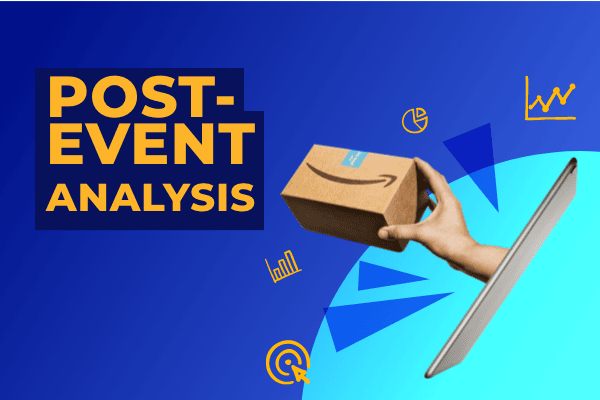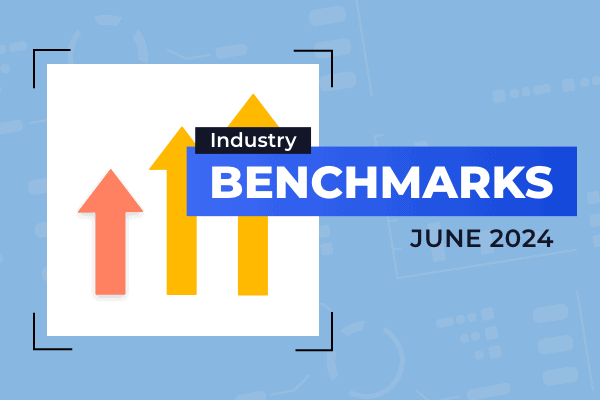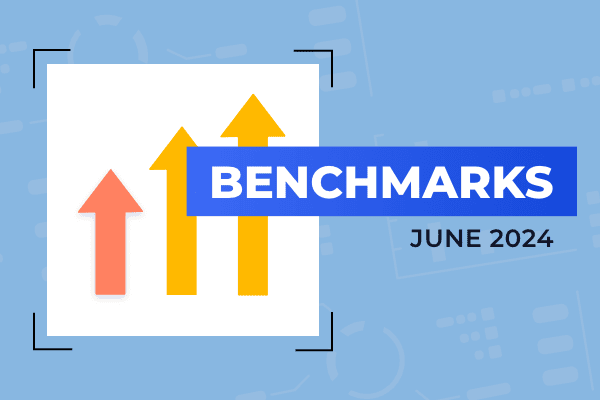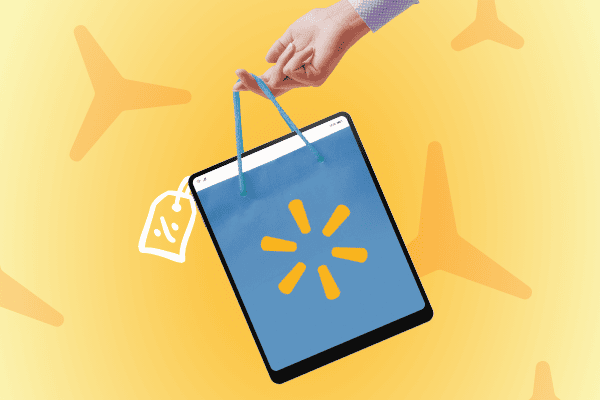Summary
Explore the transformative potential of Microsoft Advertising’s automated bidding, a critical time-saving and performance-driving tool. By integrating Skai’s Signal Enhancement, marketers can enrich their autobidding algorithms with robust, privacy-compliant data, optimize ad spend, and enhance campaign effectiveness within Microsoft’s secure environments.
The impending extinction of third-party cookies has ushered in the age of privacy-focused advertising. Experts predict that one way marketers will likely adapt to these data challenges is to migrate more budget to walled-garden publishers, such as Microsoft Advertising. These controlled environments allow publishers to manage inventory, targeting, and measurement effectively, circumventing the privacy challenges associated with the open web.
As walled garden budgets grow, marketers must sharpen their bidding skills because almost all inventory in these spaces is auction-based. If they don’t, they risk wasting their budget and opening up room for competitor marketing teams with better bid approaches to steal away customers. That’s why features like Microsoft Advertising’s automated bidding tools — which use algorithms to make real-time bid decisions based on data — continue to be essential for managing ad spend effectively both today and in our cookieless future.
In today’s post, we explore the details and advantages of Microsoft Advertising’s autobidding. We’ll also share how Skai’s Signal Enhancement helps marketers feed those autobidding algorithms with richer, privacy-compliant data to further refine their advertising strategies. This integration ensures that as marketers increasingly rely on walled gardens, they can maintain the effectiveness and efficiency of their campaigns without compromising user privacy.
Types of Microsoft Automated Bidding
Before you get started with Microsoft autobidding, it’s important to understand the different types of campaign outcomes you can optimize for. Here’s a quick rundown of the different types of Microsoft automated bidding:
Enhanced CPC is the default bidding strategy when you set up a Microsoft Advertising campaign. Your desired max bids are raised on searches with a higher likelihood of conversion and lowered on those with a lower likelihood, taking into account any bid adjustments you’ve implemented. The main objective is to make sure that, over time, your average CPC doesn’t exceed your bid.
Taking advantage of enhanced CPC (cost-per-click) can reduce your cost per conversion and increase your overall conversion count while keeping your campaigns within your current budget. Enhanced CPC is compatible with text ads, Dynamic Search Ads, and shopping campaigns.
With the Maximize Clicks bid strategy, Microsoft Advertising dynamically adjusts your bids in real time to maximize the number of clicks within your specified budget. While the system always respects your overall budget limit, you can also opt to set a maximum CPC for even more bid control. This optional limit ensures that Microsoft Advertising never charges more than a predetermined amount for each click. Maximize Clicks can be used for Dynamic Search Ads and Microsoft shopping campaigns.
The CPCV (Cost per Completed View) strategy optimizes your advertising spend by focusing on viewer engagement. It ensures that bids are set to maximize the number of viewers who watch your ads to completion. This strategy is particularly effective for video advertising where completion rates are crucial, such as in Connected TV (CTV) campaigns. CPCV is compatible with Connected TV (CTV) ads, where engaging an audience to the end of your ad can make a significant impact.
With the CPM (Cost per Thousand Impressions) bidding strategy, Microsoft Advertising optimizes your bids to maximize exposure, calculating costs per thousand impressions to enhance brand visibility. This strategy is best suited for campaigns aiming for a high volume of impressions, such as those focused on increasing brand awareness. CPM is particularly effective in online video ads, which aim to spread your message widely.
Note: for the following bid strategies, you must enable conversion tracking:
Microsoft Advertising’s Maximize Conversions bid strategy will make real-time bidding adjustments to maximize the number of conversions within your specified budget. From there, Microsoft recommends that advertisers allow the bid strategy sufficient time to accumulate at least 30 conversions before assessing its performance. Maximize Conversions is available for text ads and Dynamic Search Ads.
To use the Target CPA bid strategy, you must first establish a budget and specify your desired 30-day average CPA (Cost Per Acquisition) target. Microsoft Ads then dynamically adjusts your bids in real-time to meet your pre-set average. While some conversions may exceed your target CPA and others may come below, the overall objective is to maintain your average cost per conversion in line with your target. Target CPA is available for text ads and Dynamic Search Ads.
With the Target ROAS bid strategy, you can define your budget and specify your desired 30-day average ROAS (Return on Ad Spend) target. As with other auto-bidding types, bids will be automatically adjusted in real-time. With Target ROAS, you can also establish a maximum CPC for additional bid control. This optional limit ensures that Microsoft Advertising never charges more than a predetermined amount for each click. Target ROAS works with text ads, Dynamic Search Ads, and shopping campaigns.
Benefits of Microsoft autobidding
Besides the obvious goal of taking on the manual work of bidding, there are plenty of other reasons to consider autobidding when planning your Microsoft Advertising strategy, either now or in the post-cookie era.
Here are some of the other reasons why autobidding helps marketers.
Reduces guesswork. One of the biggest headaches of manual bidding is the potential for human error, such as overlooking bid adjustments and other miscalculations. Shifting to advanced algorithms and machine learning means automatically making data-driven bidding decisions. The tools consider various factors, including data about what’s worked in the past, to efficiently optimize bids in less time with a much smaller margin for error.
Additionally, Microsoft’s Advertising algorithms constantly learn and adjust strategies based on real-time campaign performance. This ongoing refinement ensures that bidding decisions remain current and responsive, diminishing reliance on guesswork and enhancing the precision and efficacy of bid optimizations.
Optimize for specific goals. Establishing clear goals is one of the most important factors in campaign success. Microsoft Advertising autobidding offers the flexibility to align your campaign objectives with specific bidding strategies, whether it’s boosting conversions or earning the highest return on ad spend. This flexibility allows you to tailor campaigns to your most important goals.
As the system accumulates more data and gains insights from campaign performance, it continually refines its bidding strategy, automatically adjusting in real-time. This continuous refinement provides new opportunities for enhancement by pinpointing underperforming keywords or placements and redistributing bids accordingly to optimize campaign performance and achieve your customized list of objectives.
See results faster. Autobidding with Microsoft Advertising harnesses real-time data and machine learning algorithms to produce quick results. It facilitates rapid bid adjustments and optimizations, offering quicker insights into the effects of bid modifications on your campaign performance compared to manual bidding.
These real-time insights allow you to instantly respond to shifts in the market, target audience actions, and stay competitive twenty-four hours a day. An “always on” approach means better optimizations and enhanced long-term campaign performance.
Boost efficiency. Automated bidding efficiently handles bids across extensive campaigns or multiple campaigns simultaneously. It eliminates the need for manual interventions and fine-tunes bids based on specific conditions for each auction, ensuring resource allocation is optimized.
Performance-based keyword targeting. One of the biggest advantages of Microsoft Advertisign automated bidding is query-level performance modeling. This feature analyzes the historical performance of each search query, more effectively tracking valuable traffic and, over time, allowing you to target the keywords most likely to convert or boost other campaign objectives.
Microsoft’s autobidding tools also allow you to leverage the performance data of individual search queries and automatically fine-tune bids to enhance overall campaign performance. They take the guesswork out of understanding which queries are most likely to drive valuable actions, such as conversions or engagement, and allocate bids accordingly.
Time = money. Manual bidding not only leaves a wide margin for human error but also drains time and resources, which can add to overall costs. Automatically executing bid optimizations using real-time data and performance indicators reduces the need to continually monitor and manually adjust campaigns. Autobidding means more time for the marketing team to refine ad copy, discover new audiences, and monitor overall campaign performance, which ultimately means stronger, more efficient campaigns.
Maximize budget. With Microsoft Advertising, you can easily set maximum limits or constraints to keep costs under control while optimizing bids for peak performance. That means it’s much easier to achieve the best outcomes for your campaign well within your budget.
The automated bidding tools automatically report expenditure patterns, ad effectiveness, and pacing to maximize the budget over time. Equipped with this data, you can monitor budget usage and adapt bid strategies as necessary to remain within your allocated budget while optimizing outcomes.
Dynamically adjusting bids and targeting high-value opportunities also minimizes the likelihood of inefficient spending. This guarantees that your budget is always directed towards the actions that earn results, enhancing your overall return on investment.
Skai Signal Enhancement optimizes autobidding with your backend conversion activity
Tracking pixels are tools for audience targeting commonly used by publishers to feed autobidding algorithms the data they need to set precise bids. However, there are a few reasons a company might not want to install publisher tracking pixels:
- Regulation: Some industries, including pharma, health, and finance, have legal stipulations regarding tracking.
- Competition: Today’s publishers do more than media. Many make tablets, phones, computers, cloud services, games, and other products that might be in direct competition with advertisers. Tracking pixels provides information some brands may want to keep internal.
- Privacy: Some brands operate on a foundation of user privacy and establish a policy of never letting third parties track website information.
Skai’s Signal Enhancement enables marketers to enhance their Microsoft Advertising campaigns using their own data without the need for third-party cookies. This method taps into various sources of first-party conversion signals — like in-store purchases and online interactions — that aren’t tracked by traditional cookies.
For example, a publisher pixel can detect online lead forms on a university’s website and use that conversion activity to drive autobidding. However, increasing lead forms isn’t the true goal of the university’s marketing program; it’s funded enrollments. Arming autobidding with the backend enrollment data can retune it to focus on driving the most enrollments, not just the most leads.
“By integrating these signals into Microsoft’s autobidding system, advertisers can refine their campaigns more accurately, ensuring they reach the right people at the right time while adhering to new privacy standards,” says Tyler Doll, Client Success Director at Skai. “This way, even as the industry pivots away from cookies, your campaigns can continue to perform strongly, powered by reliable and privacy-compliant data.”
Skai’s Signal Enhancement offers a data bridge between first-party data and insights from native publisher ad tools. With Skai, you can use all the insights from your owned data to boost your Microsoft Advertising automated bidding campaigns.
To learn more about how Skai Signal Enhancement can help you make the most of your Microsoft Advertising budget, please schedule a brief demo at your convenience with one of our Microsoft Advertising specialists.







